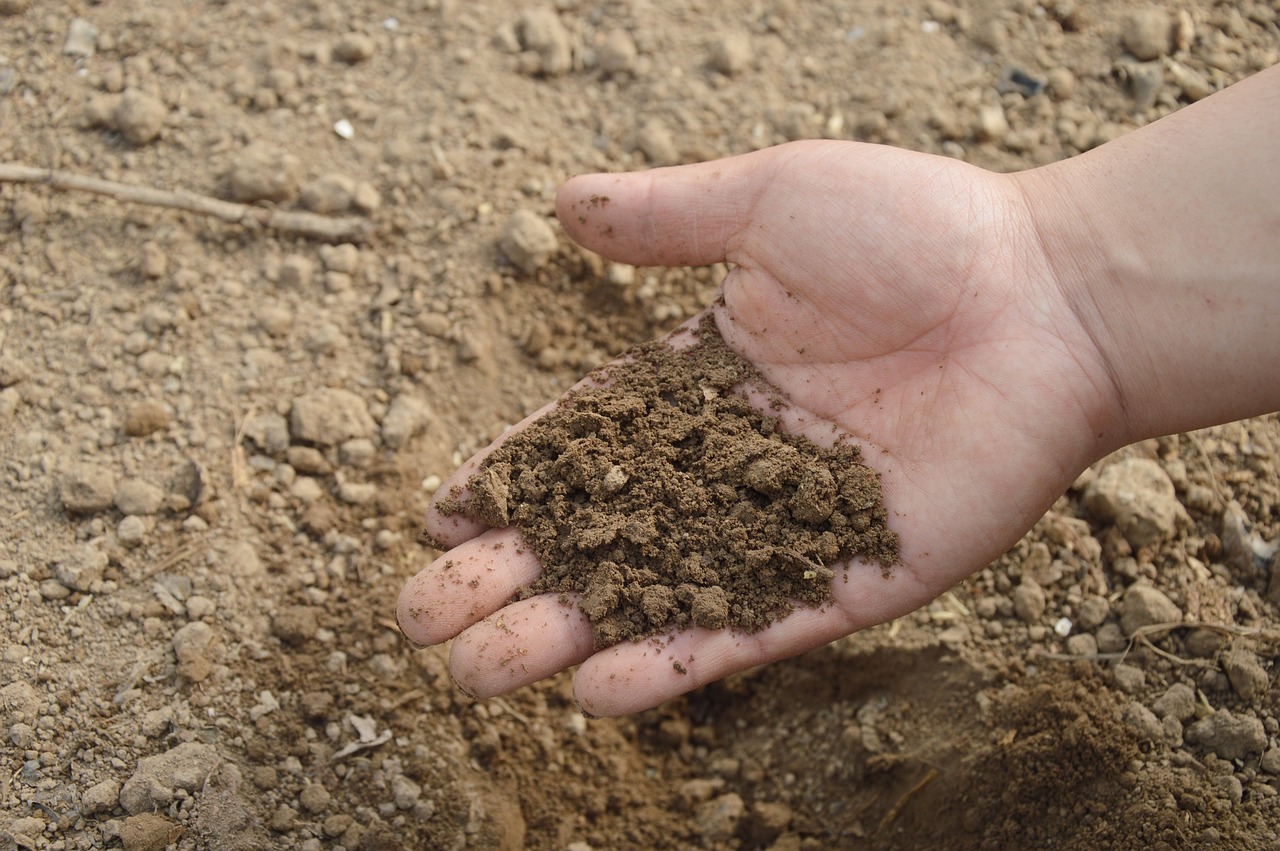The Chemistry of Fruits and Vegetables
Students examine fruit and vegetable preparation and storage.
Students examine fruit and vegetable preparation and storage.
Students explore food prices and how they have changed over time as they perform mathematical computations, analyze data charts, and compare and contrast statistical information.
Students observe the interactions between living plants and other living and nonliving things in a small terrarium environment and discuss similarities between the terrarium environment and the farm environment.
Students discover the geographic regions where basil, oregano, and cilantro have cultural significance, understand the role of evaporation in herb drying, and recognize the different properties of dried and fresh herbs.
Students determine the water holding and draining capacities of different soils and investigate how organic matter affects the amount of water soil will hold.
Students discover what a soil profile looks like, investigate the composition of soil, and explore the five soil-forming factors and soil horizons.
Students investigate six kinds of simple machines—inclined plane, pulley, screw, wedge, lever, and wheel and axle, and determine that simple machines can be combined to form complex machines.
Students identify basic animal behaviors, hypothesize what causes them, and discover the responsibilities of an animal physiologist.
Students dissect seeds, identify the anatomy and function of seed parts, and classify seeds as monocots or dicots.
Students determine that the diversity of life in soil contributes to soil fertility.

Students discover that different soils have different characteristics, examine different types of soil, investigate soil components, and observe how air space allows soils to hold and transmit water.
Students preserve peppers to create their own probiotic food, observe properties of preserved foods and states of matter changes that occur, and discover the health benefits of probiotics.